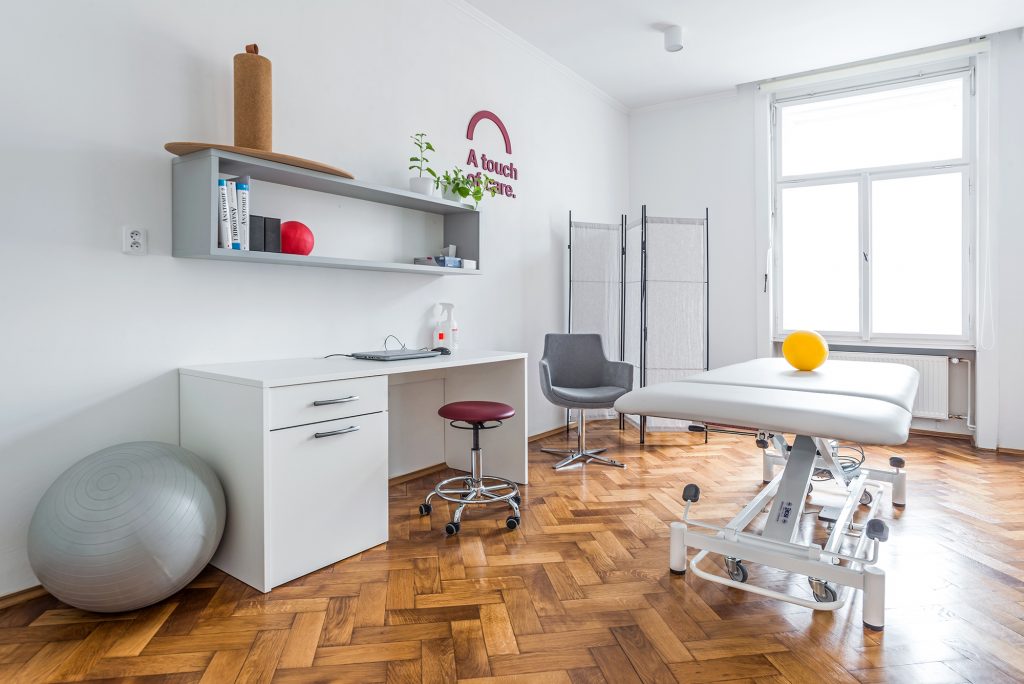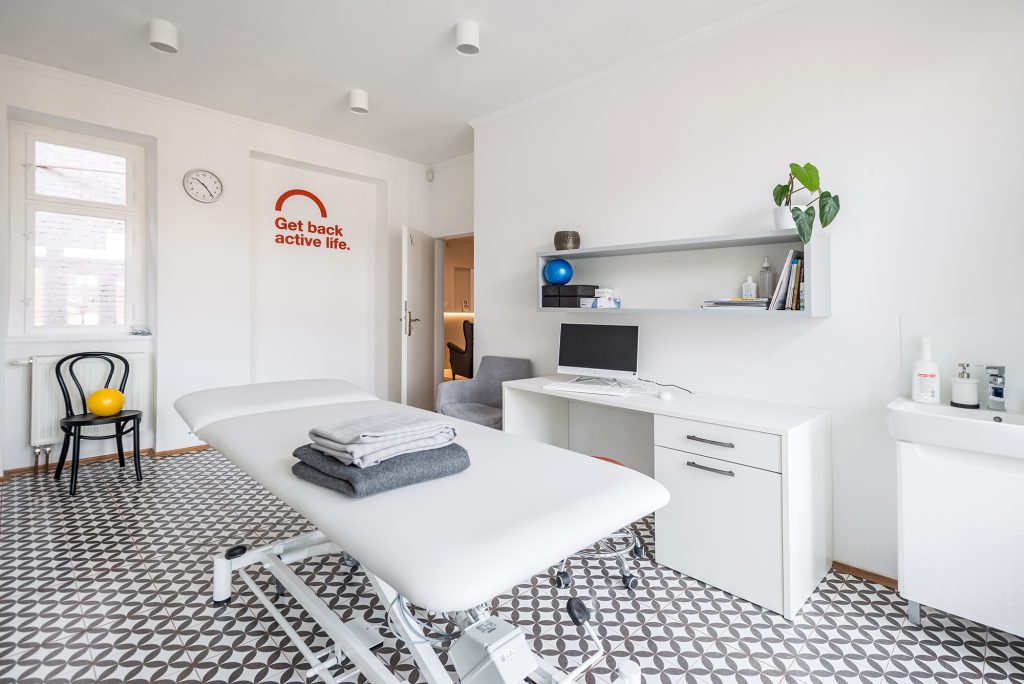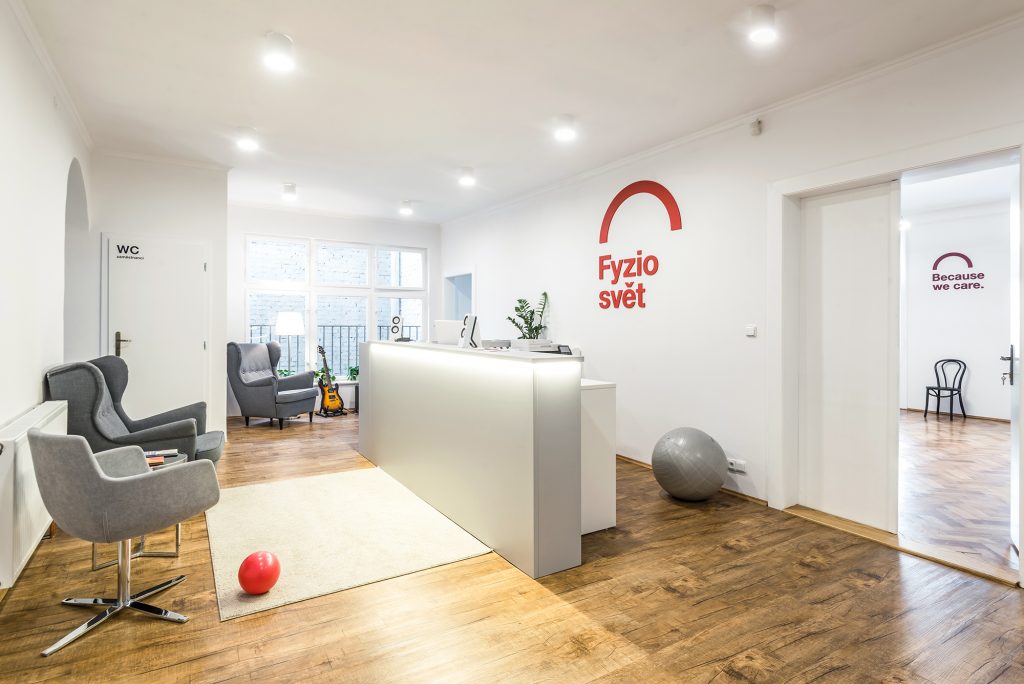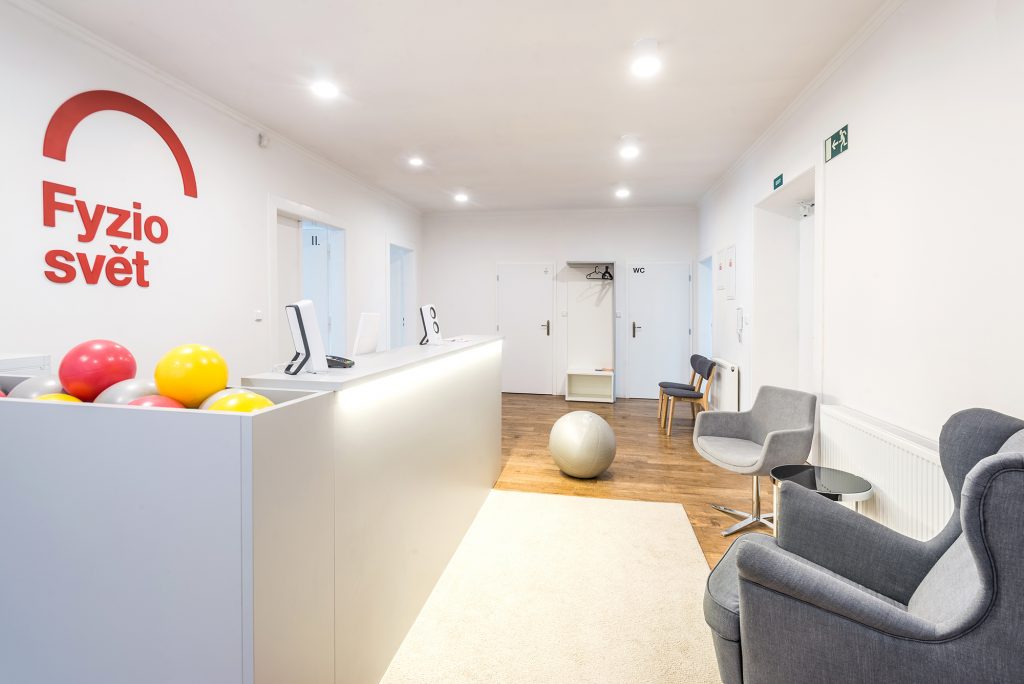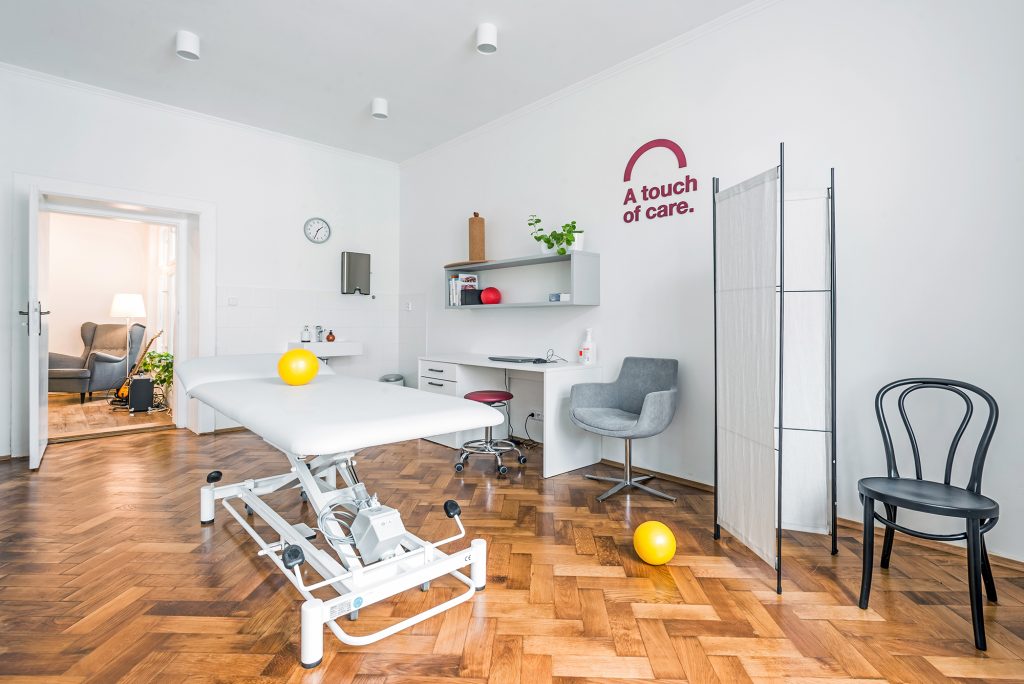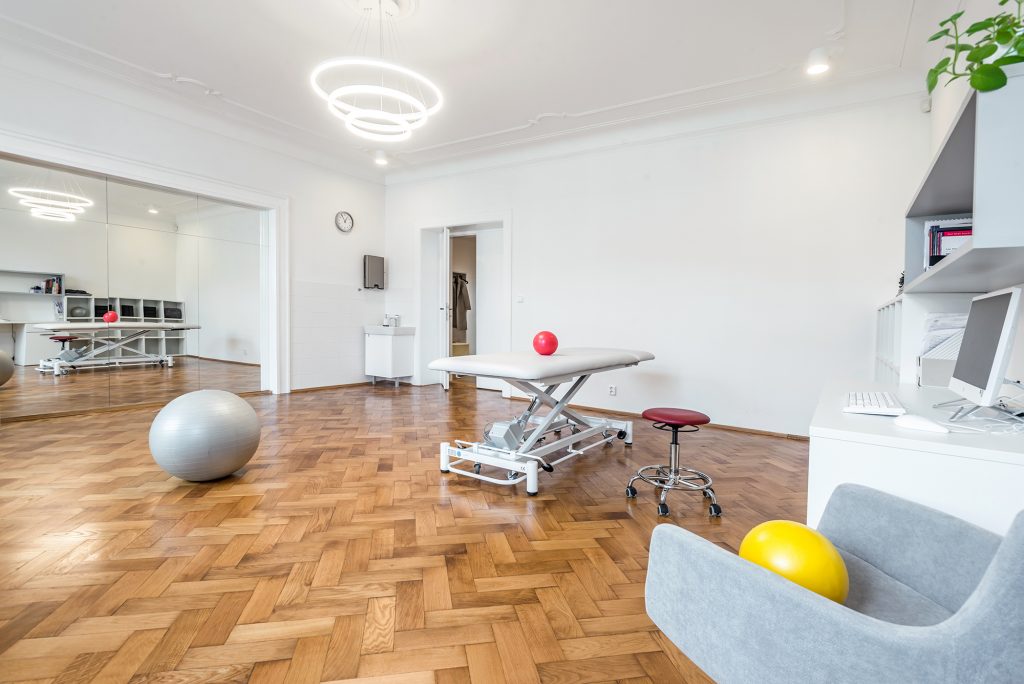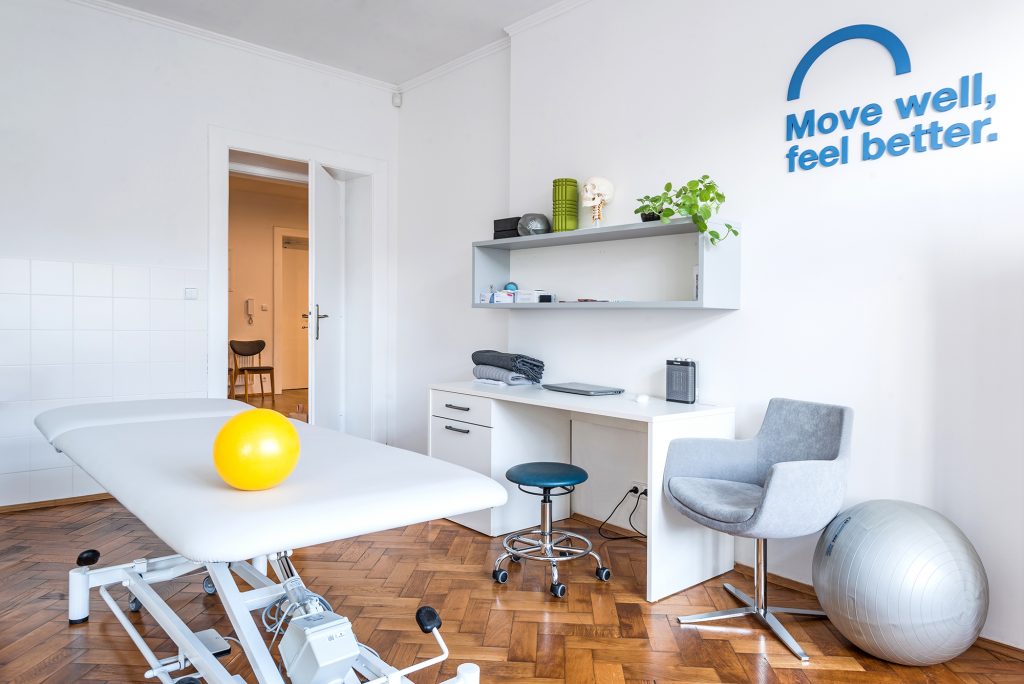Tennis Elbow and Shockwave Therapy
Tennis elbow, also known as lateral epicondylitis, is a painful condition affecting the tendon attachment of muscles on the outer side of the elbow. While the name suggests the pain results from playing tennis or engaging in sports, this isn’t always the case. More commonly, the cause is repetitive computer work, chronic overuse of the forearm muscles, or muscle imbalances in the shoulder and torso (poor posture, forward head, and shoulder positioning).
How do I know if I have tennis elbow?
A typical symptom is pain when using your hand or gripping objects. Even a simple handshake or lifting items with an overhand grip can be painful. A simple test you can try is placing your hand palm-down on a table, pressing your fingers lightly against the surface with your other hand. Then, gradually press each finger upward as if trying to lift them off the table. If this movement triggers familiar pain, it’s likely tennis elbow. In most cases, the index and middle fingers are the most sensitive during this test.
What can help with tennis elbow pain?
There are two stages of the condition: acute and chronic. In the acute stage, swelling, intense pain, and other typical symptoms of inflammation are present. During this phase, it is essential to rest the arm, apply cold therapy, and often take anti-inflammatory medications as recommended by a doctor. In the chronic (long-term) stage, tension in the forearm muscles, along with numerous reflex changes in the muscles (tight muscle fibers in localized spasms – known as myofascial trigger points), must be relieved. One of the most effective physiotherapy approaches for long-term tennis elbow pain is shockwave therapy, combined with appropriate exercises. In some cases, treatment may be further supported by the use of kinesiotape (elastic tape that reduces muscle tension).
I’ve been struggling for a long time, will shockwave therapy really help?
Many studies demonstrate the effectiveness of shockwave therapy in treating tennis elbow. A positive effect of shockwaves was described by Maier in his scientific research. He studied the impact of shockwave treatment on a group of 42 patients with unilateral lateral epicondylitis in the dominant limb, with follow-up over 19 months. Healing of the tendon was confirmed by MRI scans. The study recommends repeating shockwave therapy 3 to 6 times at weekly intervals. Additionally, it is beneficial to supplement the treatment with regular forearm stretching, shoulder centering, and overall improvement of posture. An experienced physiotherapist will guide you through these aspects during the therapy.
Does shockwave therapy hurt?
There is no need to worry; the treatment lasts for a relatively short time (about 10 minutes), and on the most sensitive spots, we only spend a few seconds. If possible, the physiotherapist will first prepare the area by releasing muscle tension in the surrounding region, reducing sensitivity in the treatment area. We always adjust the intensity to ensure the client tolerates it well (taking breaks, lowering frequency, or reducing pulse intensity). Most clients tolerate shockwave therapy very well when applied correctly.
Why choose Fyzio Svět?
- We ensure the treatment is as painless as possible for the client.
- Our physiotherapists have valuable experience with shockwave therapy. They will also recommend suitable exercises to enhance the effectiveness of the treatment.
- We use equipment from the Swiss company EMS, a world leader in the field.
- We are not limited by the number of pulses. We apply as many as needed to ensure maximum therapeutic effect.
- Shockwave therapy is included in the cost of a one-hour physiotherapy session, so you don’t pay extra for it.
- You will get an appointment quickly, usually within a few days.
